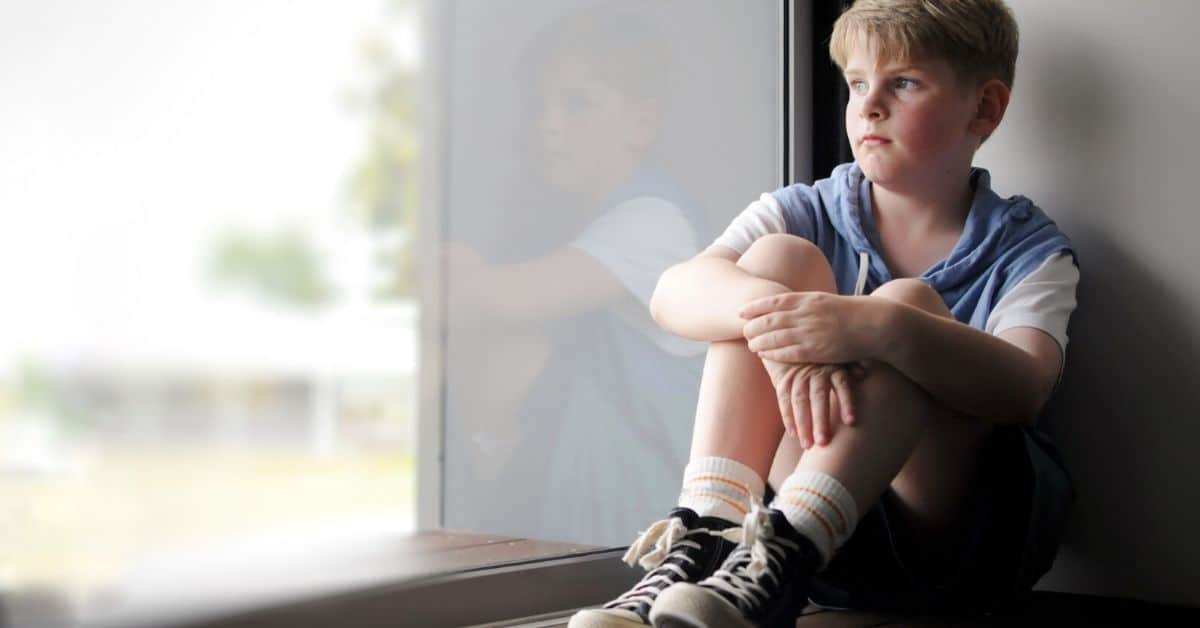I recently wrote about how to find joy during crisis. Much of what I included came from my Facebook community, who shared their stories of joy and happiness out of a stressful and difficult time. This included parents who have had the immense pleasure of watching their previously anxious and unhappy children thrive.
Yes, some children are thriving in isolation. Many because they don’t have the challenges that traditional schooling poses. Some who have school-based or social anxiety, and some with other challenges, that are lessened by the opportunity to stay at home with a close knit and loving family.
While others, parents and children included, are champing at the bit for schools to open, parents of these ‘happy in isolation’ children are worrying about what will happen when they do. How can they help their children transition back to school? And can they do it without losing all the benefits that isolation has brought?
How to Help Your Anxious Child Transition Back to School
As parents, we need to stay calm
The start of a school year can make any child, and any parent nervous. But coming back to school after a pandemic is going to exacerbate those feelings. As parents we’ll worry if it’s too soon, if appropriate health and safety measures are in place and if our children have fallen behind.
To help anxious kids we need to manage our own stress first. Research shows that parental anxiety escalates children’s anxiety. But on the other hand, when we lower our anxiety and stress levels, it has a deescalating effect on our children over time as well.
Listen to worries
Whenever a child is anxious, upset or worried, it’s important to listen. Rather than dismissing fears, simply acknowledge your child’s feelings. You might ask him if he’d like to talk about ways to deal with that worry, or you might feel it’s not the right time. Often our children want to talk to us without expecting us to fix them. Validation of their feelings is enough.
If you know they may be worrying about something in particular, check in. Don’t ask questions that show that you expect them to be worried (such as, ‘Are you worried your friends have forgotten you?’). Instead, ask them general questions that might lead them to chat, such as, ‘I wonder what your friends have been up to over the break?’ These kinds of questions usually lead to better and more open conversations.
Take it slow
There is no benefit to jumping back into the school environment with both feet. Take it slow. Consider scaling back on extracurricular activities or, depending on the child, having none at all. Consider keeping homework and outside school assignments to a minimum, or doing none at all. Depending on your situation, and how the schools are staging students return to school where you live, you might even consider keeping your anxious child home for a day (or even two) out of each school week for the first little while.
You’ll know the right steps to take because you’ll be listening to your child’s worries.
Maintain your isolation traditions
While I’m not trying to minimise the terrible toll the current pandemic has had on much of the world, for some there have been silver linings. Families are reporting more quality time together – more bike rides, more family dinners, more pancake breakfasts, more board games and more time reading together. Whatever traditions you’ve developed during your ‘new normal’, find a way to maintain them as we move forward.
Traditions give children predictability and a sense of security and safety and help our children feel as though they fit in somewhere. They also protect them from negative outside influences. In fact, a 2014 study of approximately 250 teens showed that family traditions and rituals had a significant protective role by helping increase social connectedness and reduce anxiety and depression.
Maintaining your new traditions will help your anxious child feel safer, will add predictability to her life and will bring more joy to the entire family.
Take Home Message
At the end of the day, there are reasons your anxious child has thrived during isolation. The best way forward is to pinpoint why that is and work on incorporating some of those aspects into your lives when school starts back again.
Every child is different. Every situation is different. But by listening and taking it slow you’ll be able to see what your child is happy to manage and what they aren’t, and be in a better place to ease their transition.
Article supplied with thanks to Happy Families.
About the Author: A sought after public speaker and author, and former radio broadcaster, Justin has a psychology degree from the University of Queensland and a PhD in psychology from the University of Wollongong.

